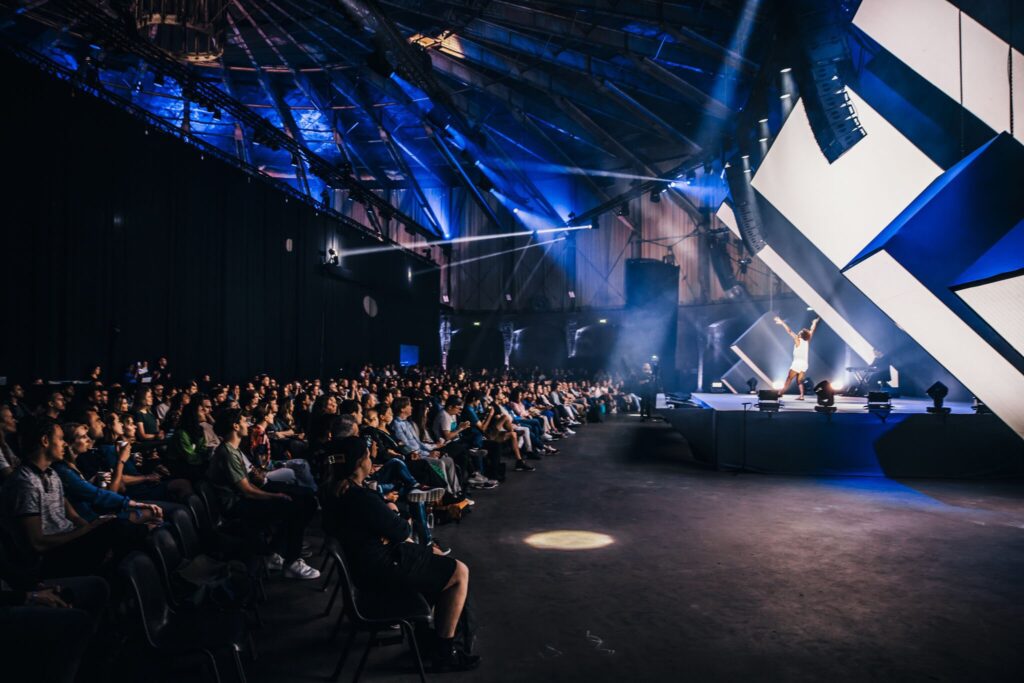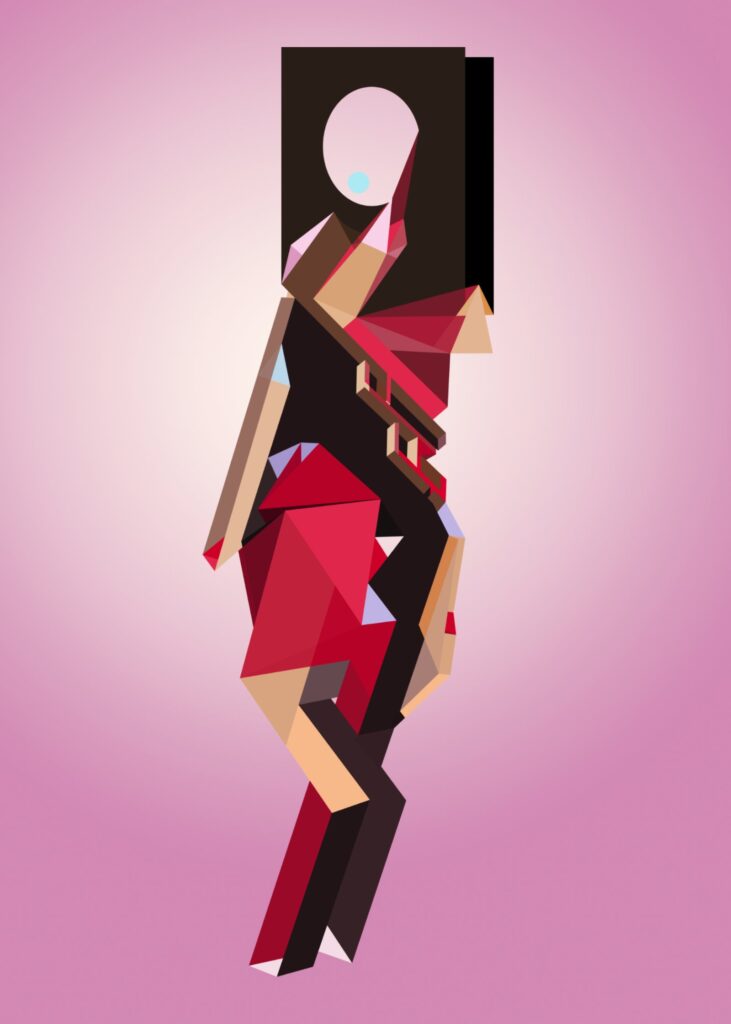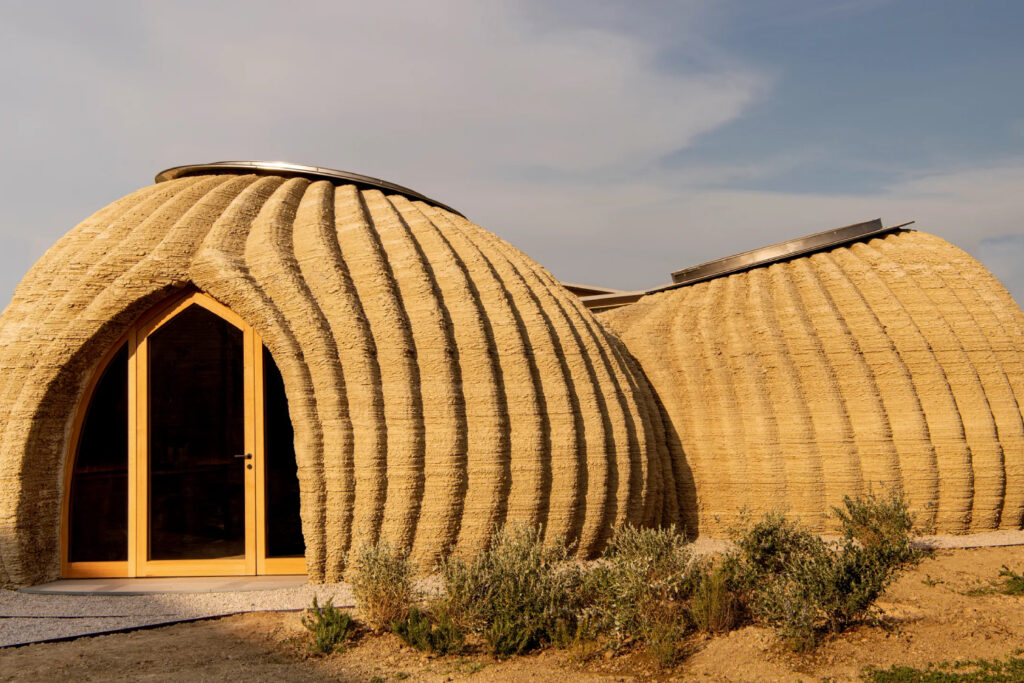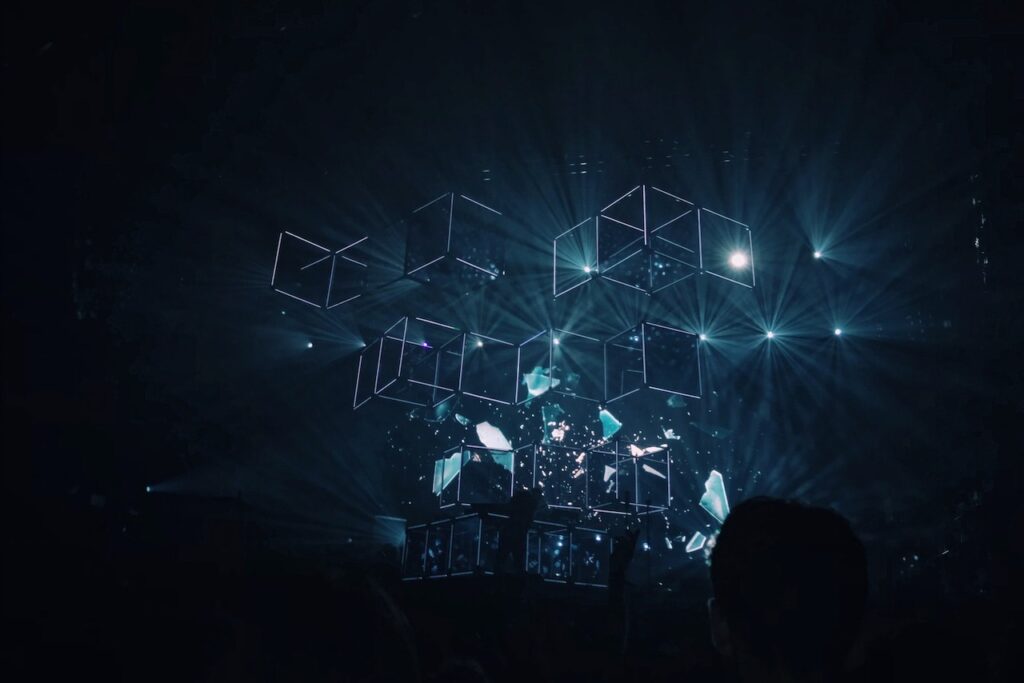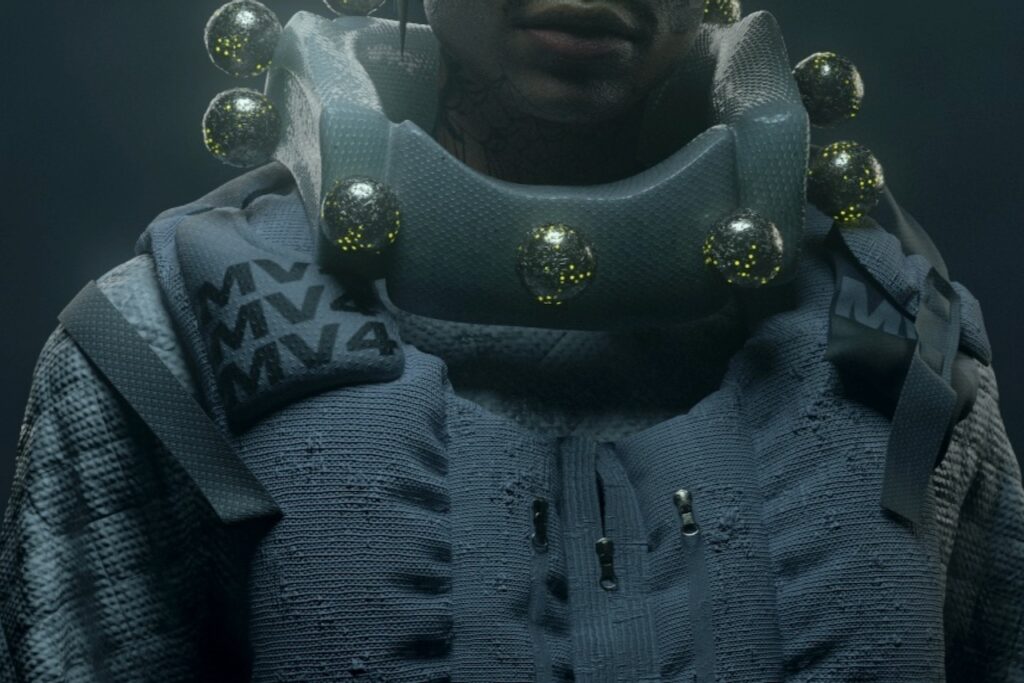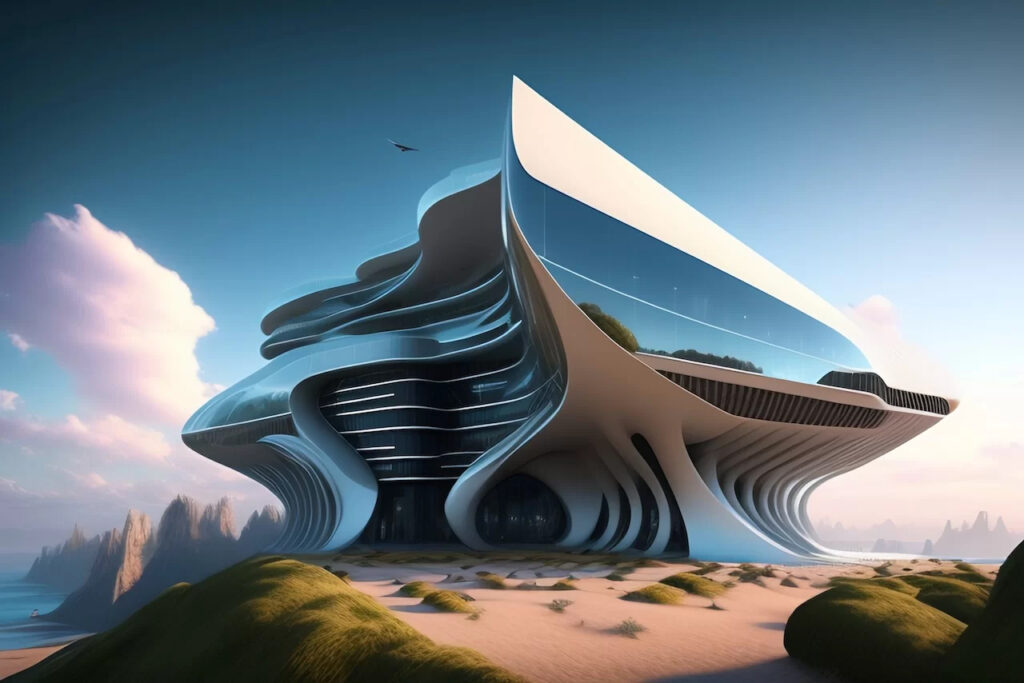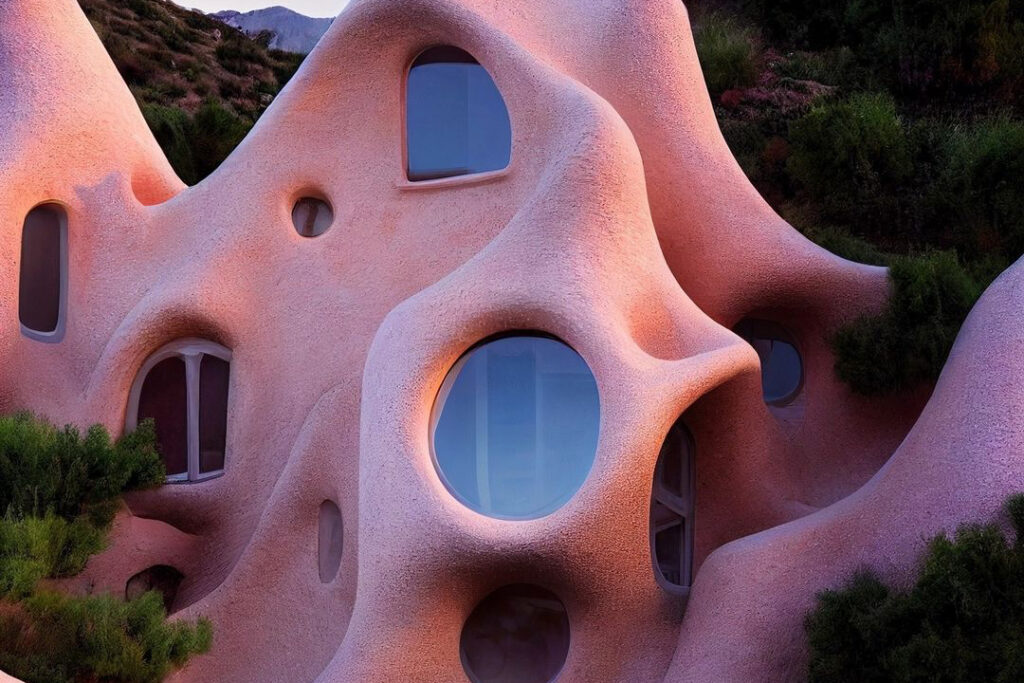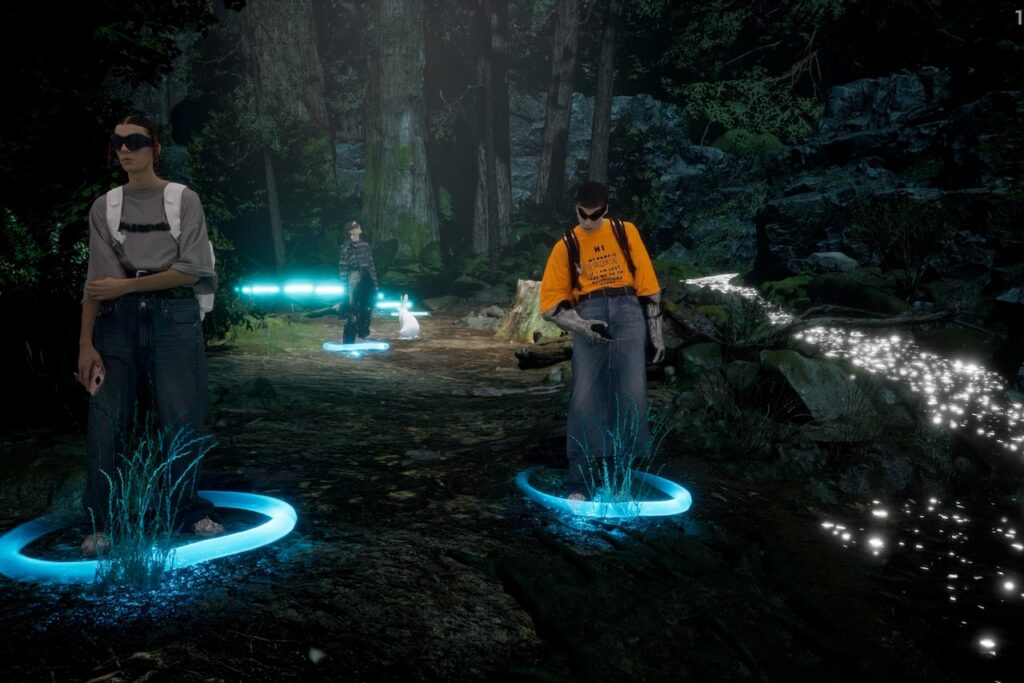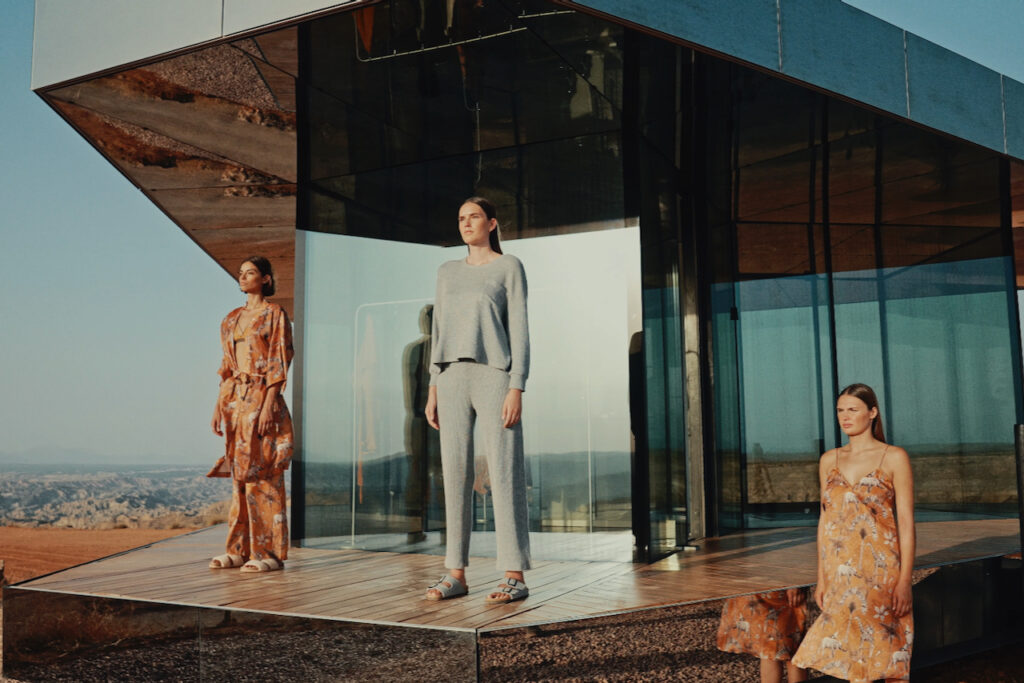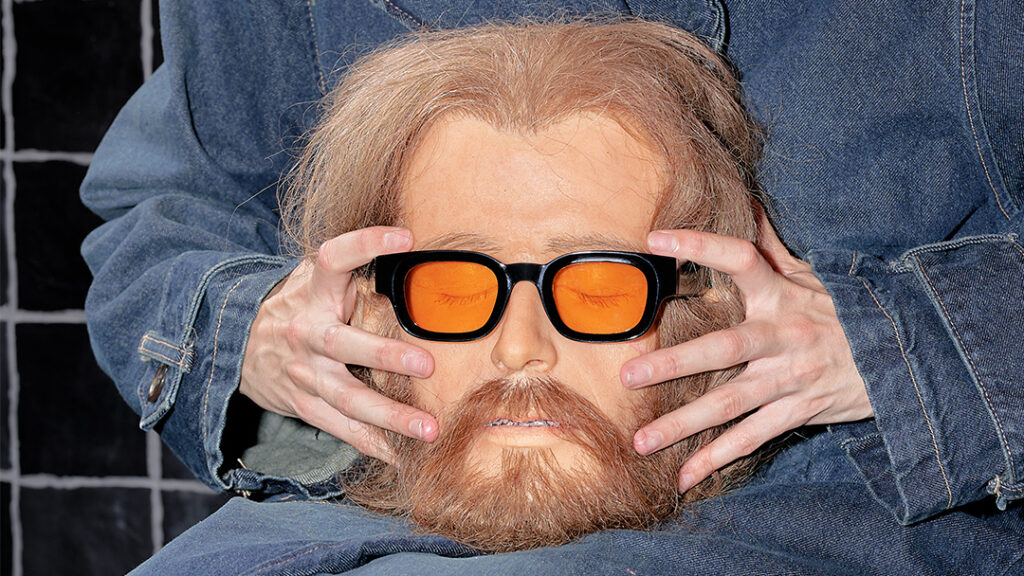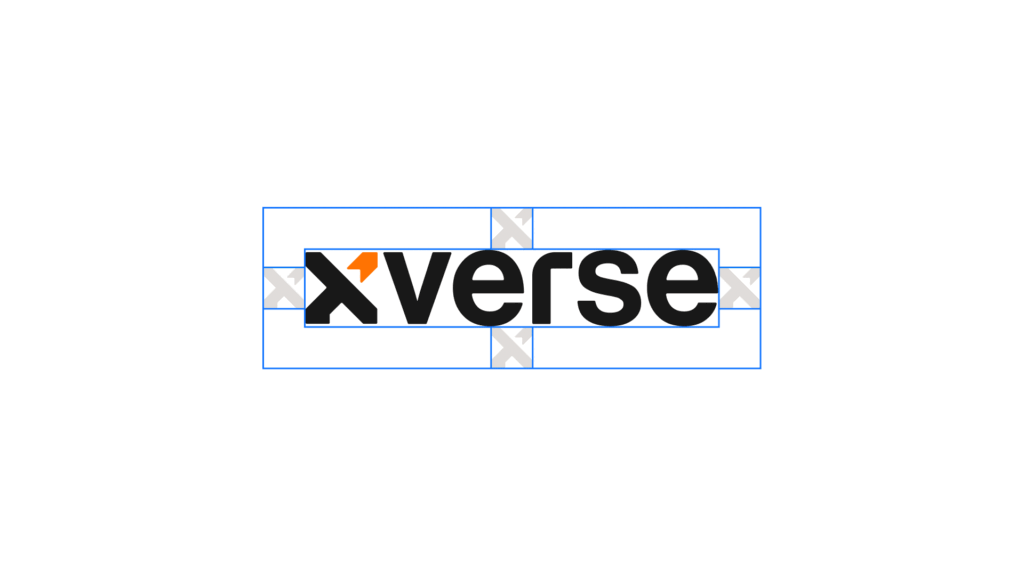If you’ve been keeping up with TNC over the past month you may already know that we got to attend MET AMS, Europe’s first Metaverse festival. It was two weeks ago to be precise, and if we’re writing about it now it’s because that’s how long it has taken us to piece together all the parts of our brain that were blown away, completely obliterated, by what we experienced during the MET AMS festival.
The MET AMS was exactly what it promised it would be: where the Metaverse and reality come to meet.
And my oh my did they meet, they met hard, and beautifully. They intertwined like seahorses in the ocean, and much like these beautiful fishies, it looks like the Metaverse and reality are going to mate for life.
Mind you, although many of our questions were answered, or at the very least many of our itches were scratched, many others arose from this phygital experience too. Luckily, we met just the guy to quench our thirst for knowledge.
We had the pleasure, and the honour, of having a chat with MET AMS Co-Founder and Web 3 expert: Edmund Howard.
How did you come up with the idea of MET AMS?
I come a little bit more from the Web 3 side of things, I’ve been in this space for two, or three years now. Rick and Peter, who are my business partners in this, are involved from an operational stance as well. We came together and we realised that a lot of the conferences around this topic were a little bit similar. It was always the same kind of people in the same type of room having the same conversations. It also felt very static: You come, you sit down, someone goes on stage, comes off stage, and so on.
Conferences have been around for a while, so we thought, let’s try something different. Let’s try and create something a little bit more inviting, a little bit more immersive, a little bit more fun. And that was our starting point: “What does a Web 3 conference look like with those three conditions?”
We started to unpack it. We began to look at all the topics that come with Web 3 in the Metaverse and look at how we can put these in the spotlight and invite the right speakers that truly cover these salient topics that we don’t see covered elsewhere. Things like diversity, inclusion, and sustainability. Paramount topics that need to be tackled as we move into Web 3. In essence, it was a response to not seeing many conferences or events like this already in existence, and an effort to tackle those chief issues.
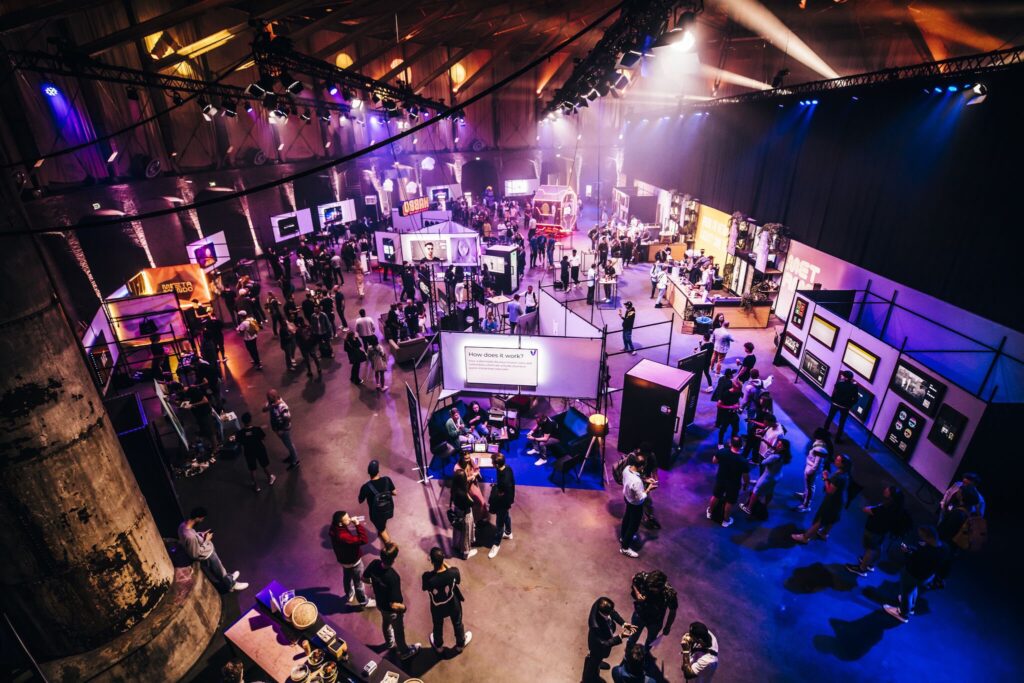
How did your personal and professional journey into NFTs and the metaverse start?
It started around the same time as COVID started. I always dabbled a bit of crypto here and there but hadn’t quite figured out for myself what I wanted to do career-wise yet. Even after working for nine years, I was still a little unsure whether that was the right move. I always worked in marketing.
When Corona came, it gave everyone a little bit more headspace because they were at home and not out and about and doing a million things at once. For me, personally, that was the moment when I was exposed to the NFT space. So I dove into that and saw the potential and all that fun that was happening, which I really enjoyed. The more time I had on my hands, the more I wanted to invest this time in exploring it, looking into it and working out all the fascinating and fun parts of Web 3. And that’s when I truly started to fall in love with not just the hype side of NFTs, but also with the utility of Web 3 and the blockchain. How it can be used now, and how it can be used in future applications as well.
I started to realise that there was something here. And that really excited me for the first time, I felt like something was happening that I was like, “I think I’m early. How can I use the expertise that I’ve learned in the marketing world or the comms world to help people understand this new, exciting space?”
I began creating documents, putting them online, gathering a bit of a network of people around the world of individuals who also had a keen interest in it, and were already in this space. The rest is history. Since then, I’ve just been doing this day in and day out. MET AMS is kind of the first product that’s come out of that.
Exciting, and how do you think the Metaverse will affect community building? Compared to the regular way of community building, will it be easier? Harder? Worse? How so?
There isn’t a straightforward answer to this question. Because first and foremost, it’s not there to replace communities, right? So it’s not that in this world, the real world – let’s call it that – the community is not working. I think that what it’s doing is unlocking new communities. So people who would never normally be exposed to one other and now in contact with each other. Whether that’s location-based or interest-based.
The Metaverse in this kind of new decentralised version of the Internet that’s come with it, has allowed people who would commonly not have much to do with each other, to find common ground, to find common interests and build things around a certain topic. And I think that’s the real beautiful thing about it. That’s how the best communities are built.
Why did you decide to gift an NFT with every ticket to the festival? What’s the main purpose of that?
For us, the most important thing was issuing NFTs as tickets. We wanted to show people who assume that an NFT is always a piece of art, that rather, its functionality is to sell and NFT as a ticket on the blockchain. That’s also something that’s a use-case. You can use it. So even at that level of the organization, we were trying to work out how we can show people that there is more beyond the hype.
Now, the artwork that comes with it is a nice present we wanted to give to everyone. We’re working with lots of talented artists here, really amazing people who are great at making beautiful things. Getting their work involved and putting it out there, played a big part in inspiring this idea.
Besides all the speakers that are presenting today, of course, you have the experience centre. What’s the main purpose of the experience centre?
To just give people a bit of a glimpse of what’s possible within the tech itself. A lot of it is advanced, some of it is not quite as advanced yet, but a lot is happening. And I think for us, it was just to give people a bit of a flavour of all the different elements of the Metaverse. The fun things that come with it, the tech that comes with it. Just showing them a little bit of what that is, and a few of the use cases as well along the way. So that’s the idea behind that.
All right. And what were you most excited about today in MET AMS?
Probably seeing the stage. Until then, the stage had been a kind of drawing for us, like a 3D model. Now we’ve finally seen it. That was super exciting because it was our showpiece. And I think people have been truly impressed by it.
Also just seeing everyone here. Familiar faces, unfamiliar faces, just gathering around and talking about this exciting new world we’re entering.
What do you hope the audience takes away from this festival?
A few things. I think that despite this talk of online digital, real-world interactions matter just as much. So being around and talking to people in real life is, and will always remain, the most important thing. We also want people to understand that there is more to it than might meet the eye.
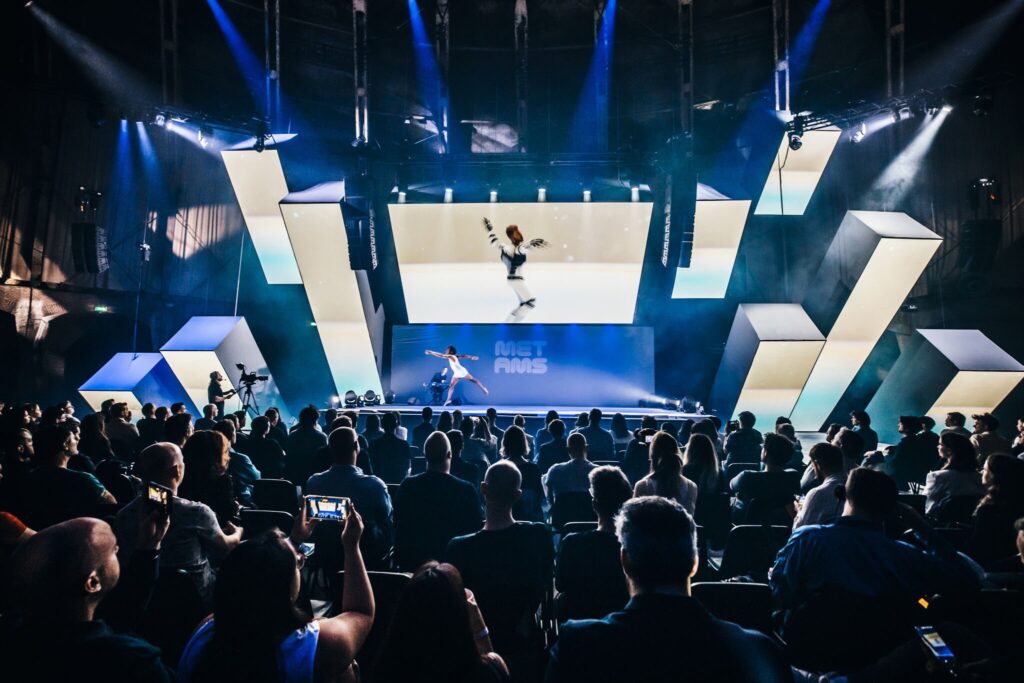
The narrative outside of conferences and people already in this space is often surrounded by scepticism, which is fair because a lot of things are not perfect. Scepticism always makes people not get comfortable and always try and optimise. But it also gives them a better idea of what’s possible. Ultimately, it’s about just having a good time while doing it.
What do you think the future day to day in normal life with the Metaverse looks like?
I don’t think there’s one answer to that. I think, again, the use cases and the ways that the broad term of the Metaverse can be applied is literally that. It can be used in many different ways. It can be mixed reality, it can be augmented reality, it can be full-on immersion.
So there isn’t one way of using it. I think now we’re in a stage where people are experimenting a lot so there will be a lot of things that don’t make sense to do and we won’t see them anymore in a few years’ time. But at the same time, some things haven’t been discovered yet. And people are working hard on making that bridge come to life as well.
What do you hope for it personally?
I hope it enables us to do things that we were never able to do before. Again, it’s down to use cases in certain scenarios where physical limitations might prevent us from doing something that accelerates or helps push an industry forward. With this technology, we might hopefully be able to do that. That is the most exciting thing, I think, the application of tech, but also the use of a decentralised ecosystem and what that can mean for our music, also healthcare and education. Lots is being done, but lots is still yet to be uncovered.
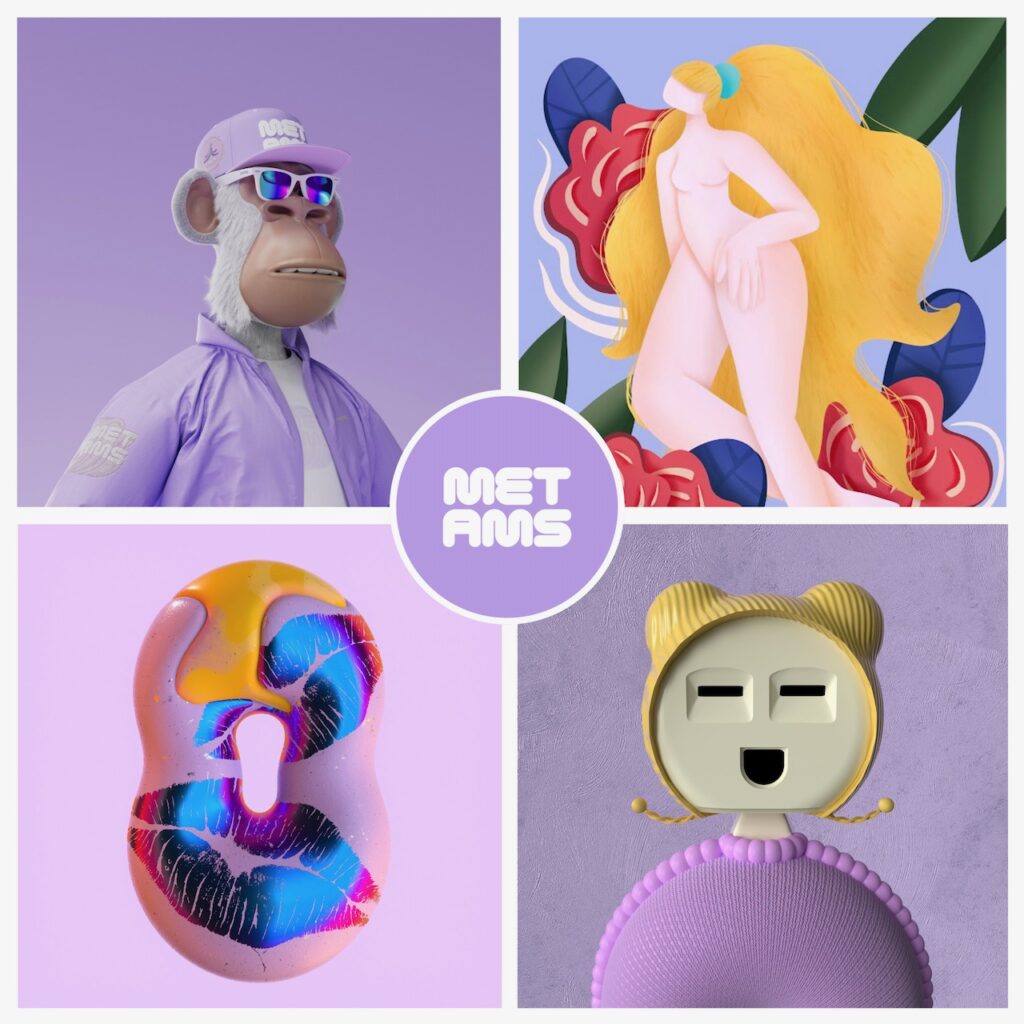
Of course, today we are doing a physical festival. Have you ever considered developing a similar concept completely digitally?
We consider that the slogan of MET AMS says it all for us. It’s about where the Metaverse and reality come to meet. I think for us right now, it’s really about those physical interactions to talk about this digital topic. For now, we want to keep focused on the physical event. But who knows, in the future, we might do that.
We do have a kind of parallel event at the moment running in Decentraland. But at the same time, it’s something that’s more of a nice add-on, as opposed to the main focus. So who knows, maybe in the future, but for now, the focus is on the physical interactions.
Final question. How do you see NFT festivals or digital focus festivals evolving in the future?
I think it’s going to be always a hybrid thing. There are always going to be people who want to go physically to a concert or a festival, but I think it will just open access to other people who might not be able to fly to New York or to Amsterdam, or to London or to Paris. And basically give them a bit of an experience of something that they might not otherwise experience. So in that sense, anything that’s fun and festival-like like that… The sky’s the limit.
